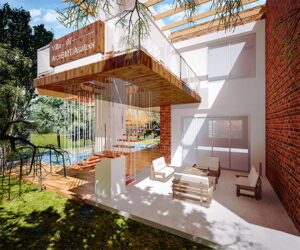The term sense of place has been used in many different ways. It is a multidimensional, complex construct used to characterize the relationship between people and spatial settings. It is a characteristic that some geographic places have and some do not, while to others it is a feeling or perception held by people (not by the place itself). It is often used in relation to those characteristics that make a place special or unique, as well as to those that foster a sense of authentic human attachment and belonging. Others, such as geographer Yi-Fu Tuan, have pointed to senses of place that are not “positive,” such as fear. Some students and educators engage in “place-based education” in order to improve their “sense(s) of place,” as well as to use various aspects of the place as educational tools in general. The term is used in urban and rural studies in relation to place-making and place-attachment of communities to their environment or homeland. The term sense of place is used to describe how someone perceives and experiences a place or environment. Anthropologists Steven Feld and Keith Basso define the sense of place as: ‘the experiential and expressive ways places are known, imagined, yearned for, held, remembered, voiced, lived, contested and struggled over. Many indigenous cultures are losing their sense of place because of climate change and “ancestral homeland, land rights and retention of sacred places”. In general, a sense of place describes our relationship with places, expressed in different dimensions of human life: emotions, biographies, imagination, stories, and personal experiences (Basso, 1996). In environmental psychology, the sense of place and how we perceive a place includes place attachment and place meaning (Kudryavtsev, Stedman, and Krasny, 2012). Place attachment reflects a bond between people and places, and place meaning reflects symbolic meanings people ascribe to places. In short, “sense of place is the lens through which people experience and make meaning of their experiences in and with a place” (Adams, 2013). Our architectural office (ABMT.OFFICE) is a place where the focus is on the sense of place so that the people feel better with us. This is evident in all our projects.


